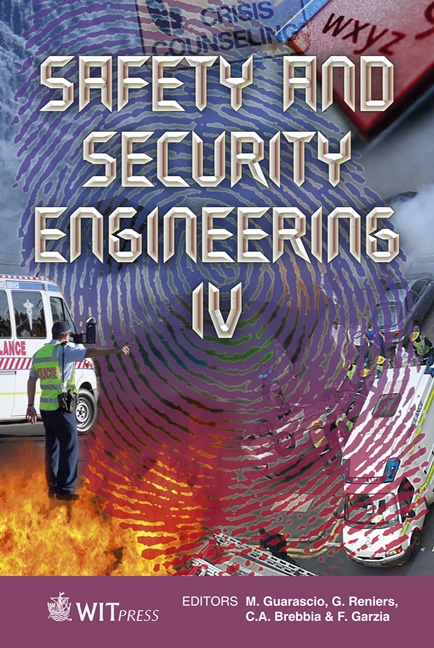A Study For A Fire Spread Mechanism Of Residential Buildings With Numerical Modeling
Price
Free (open access)
Transaction
Volume
117
Pages
12
Page Range
185 - 196
Published
2011
Size
1151 kb
Paper DOI
10.2495/SAFE110171
Copyright
WIT Press
Author(s)
C.-S. Ahn & J.-Y. Kim
Abstract
This study is intended to present a computational standard model for combustibles, compartments and buildings. As performance based design is more popular, fire-intensity and fire-load have turned out to be very important factors for building design and can be predicted through some computational work. To predict and estimate the fire properties of a residential fire, we made some numerical models of combustibles, compartments and a residential building. In a bid to validate the estimate values, research was divided into three parts of step verifications. The first was for combustibles, the second was for compartments and the third was for the building. During each step, computational analysis results from numerical models were compared with real fire tests. For computational analysis, the Fire Dynamics Simulator was used with Large Eddy Simulation model for turbulence. Consequently, fire-intensity was well predicted and flash-over of rooms were successfully estimated. Keywords: combustible, compartment, real scale fire test, numerical analysis, fluid dynamics simulator. 1 Introduction In line with increasingly popularized performance based design (PBD), the need of numerical analysis of building fires used to collect the data required for building design has been on the rise. Predicting fire growth and smoke spread pattern enables us to allow safe evacuation and analyze the caloric value. Radiant heat enables us to predict the potential damage to the structural member by fire heat. In addition, calculating the amount of toxic gas enables us to predict the level of exposure to toxic gas the people inside, to thereby providing data needed
Keywords
combustible, compartment, real scale fire test, numerical analysis,fluid dynamics simulator





